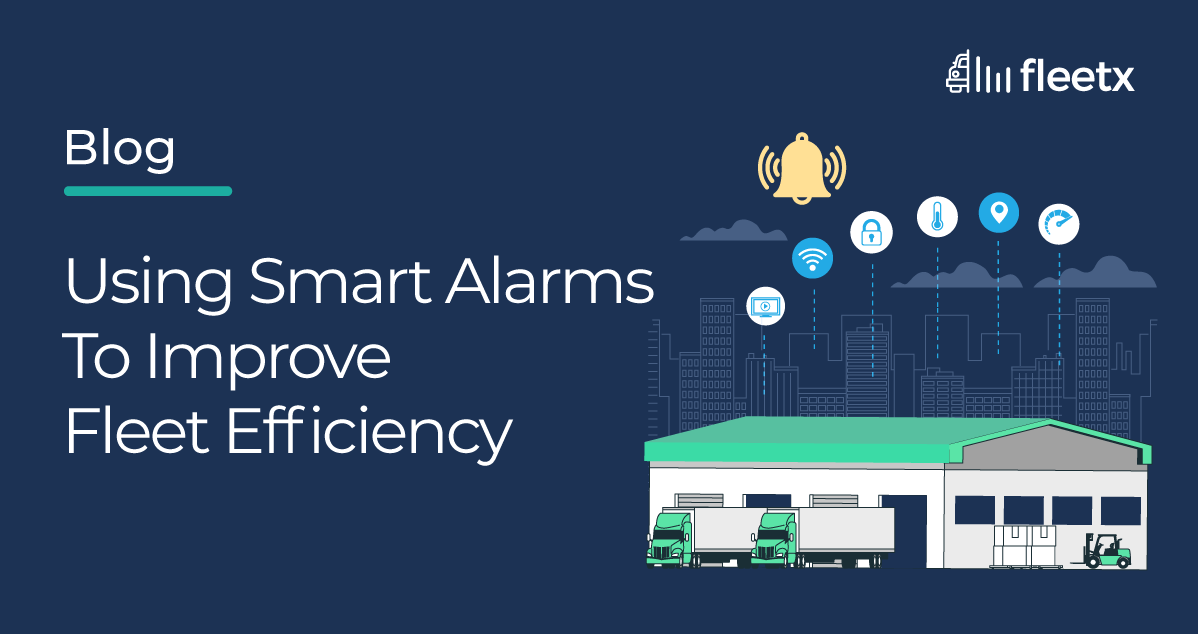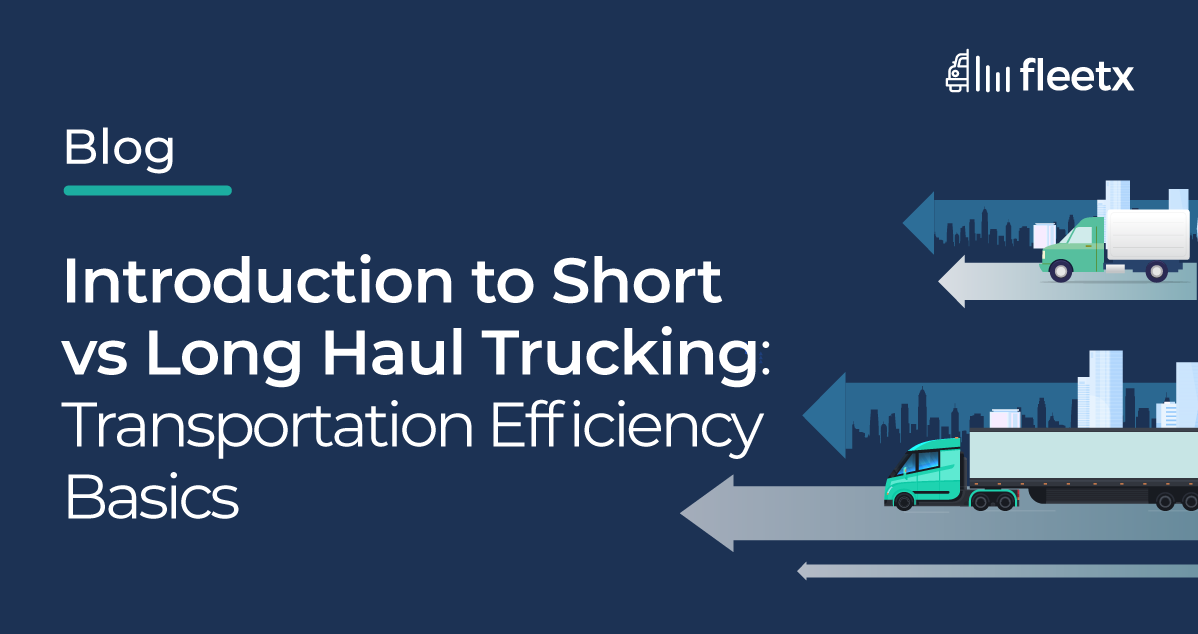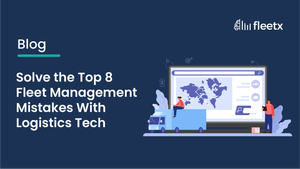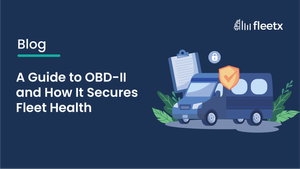
In the age of technology, fleet management has evolved beyond just tracking vehicles and optimizing routes. Successful fleet managers know that one of the cornerstones of good fleet management is ensuring the safety of your drivers and the valuable cargo they carry. There is a reason for this; one of the most significant challenges fleet managers face is addressing driver drowsiness, a pervasive issue that jeopardizes safety, efficiency, and the bottom line. Fortunately, with smart solutions for enhanced fleet management, there are now effective and innovative ways to prevent drivers from falling asleep at the wheel, and secure your fleet's future.
Understanding the Gravity of Driver Drowsiness
Drowsy driving is a silent menace that can strike anyone, even the most experienced drivers. It happens more frequently than one might think, and its consequences can be catastrophic. These fatigue-related accidents result in significant losses for fleet managers, including damage to vehicles, injuries, and even loss of life. Moreover, they lead to increased insurance premiums, legal liabilities, and can cause lasting damage to your fleet's reputation.
Factors Leading to Driver Drowsiness
Driver fatigue is a complex issue influenced by various factors, and understanding these elements is essential for effective fleet management. By addressing these factors, fleet managers can proactively combat drowsy driving and enhance driver safety. Here's a closer look at some key contributors to driver fatigue:
Inadequate Sleep: The most obvious factor is a lack of sleep. Drivers who do not get enough rest are more prone to drowsiness. Long working hours, irregular schedules, and demanding deadlines can all contribute to sleep deprivation among fleet drivers.
Monotonous Routes: Driving for extended periods on monotonous, unchanging routes can lead to decreased alertness. This is particularly relevant for long-haul truck drivers who spend hours on highways with little variation.
Time of Day: Drowsiness tends to peak during the early morning hours (between 2 a.m. and 4 a.m.) and in the mid-afternoon (between 2 p.m. and 4 p.m.). These are natural dips in the body's circadian rhythm, making drivers more susceptible to fatigue.
Underlying Health Conditions: Certain medical conditions, such as sleep apnea or insomnia, can make drivers more prone to fatigue. Additionally, medication side effects or untreated health issues can exacerbate the problem.
Stress and Mental Fatigue: The demands of a driver's job, such as navigating traffic, meeting deadlines, and dealing with adverse weather conditions, can lead to stress and mental fatigue. These factors can increase the risk of drowsy driving when the drivers work multiple shifts with insufficient rest inbetween.
Environmental Factors: Extreme heat or cold, poor ventilation, and uncomfortable seating in the vehicle can make drivers feel physically fatigued, which can contribute to drowsiness.
The Importance of Early Detection
Fleet managers need to recognize that the key to preventing drowsy driving is early detection. The ability to identify a drowsy driver before an accident occurs can save lives and protect your fleet's assets. This is where advanced fleet management solutions come into play, offering state-of-the-art Drowsiness Alert systems.
Smart Solutions for Early Detection
1. Driver Monitoring Systems (DMS): DMS uses cutting-edge technology, including dash cam and sensors, to monitor driver behavior. These systems track the driver's eye movements, facial expressions, and body posture, identifying signs of fatigue or drowsiness. When a driver exhibits these signs, the system issues real-time alerts, allowing fleet managers to intervene promptly.
2. Telematics and AI: Telematics systems combined with artificial intelligence (AI) can analyze various data points, such as driving patterns, route history, and hours of service. By recognizing deviations from normal behavior, AI-powered systems can identify drivers at risk of falling asleep and provide warnings.
Benefits of Drowsiness Alert Systems
Implementing Drowsiness Alert systems as part of your fleet management strategy offers several advantages:
1. Enhanced Safety: Drowsiness Alert systems reduce the risk of accidents caused by driver fatigue, ensuring the safety of your drivers and others on the road.
2. Cost Savings: Preventing accidents and damage to vehicles leads to reduced insurance premiums, fewer repair and maintenance expenses, and lower legal costs.
3. Improved Efficiency: With fewer accidents and disruptions to your operations, your fleet can maintain a more consistent schedule and meet delivery deadlines.
4. Driver Retention: By investing in driver safety, you demonstrate your commitment to your workforce's well-being, which can help attract and retain skilled drivers.
5. Compliance: Certain regulatory bodies require fleets to implement driver safety measures. In these cases, Drowsiness Alert systems help the organisation stay compliant with local or regional laws.
To Sum Up
In our current logistical landscape, prioritizing driver safety is non-negotiable. Not only is driver drowsiness a danger to everyone on the road, but also a threat to the company. This challenge can be mitigated with smart solutions for enhanced fleet management, depending on the size and needs of your organisation. Investing in Drowsiness Alert systems not only prevents accidents but also saves money, boosts efficiency, and promotes a culture of safety within your organization.
Don't wait until a drowsy driving incident impacts your fleet's reputation and profitability. Embrace the power of advanced technology and take proactive steps to protect your drivers and your business.







